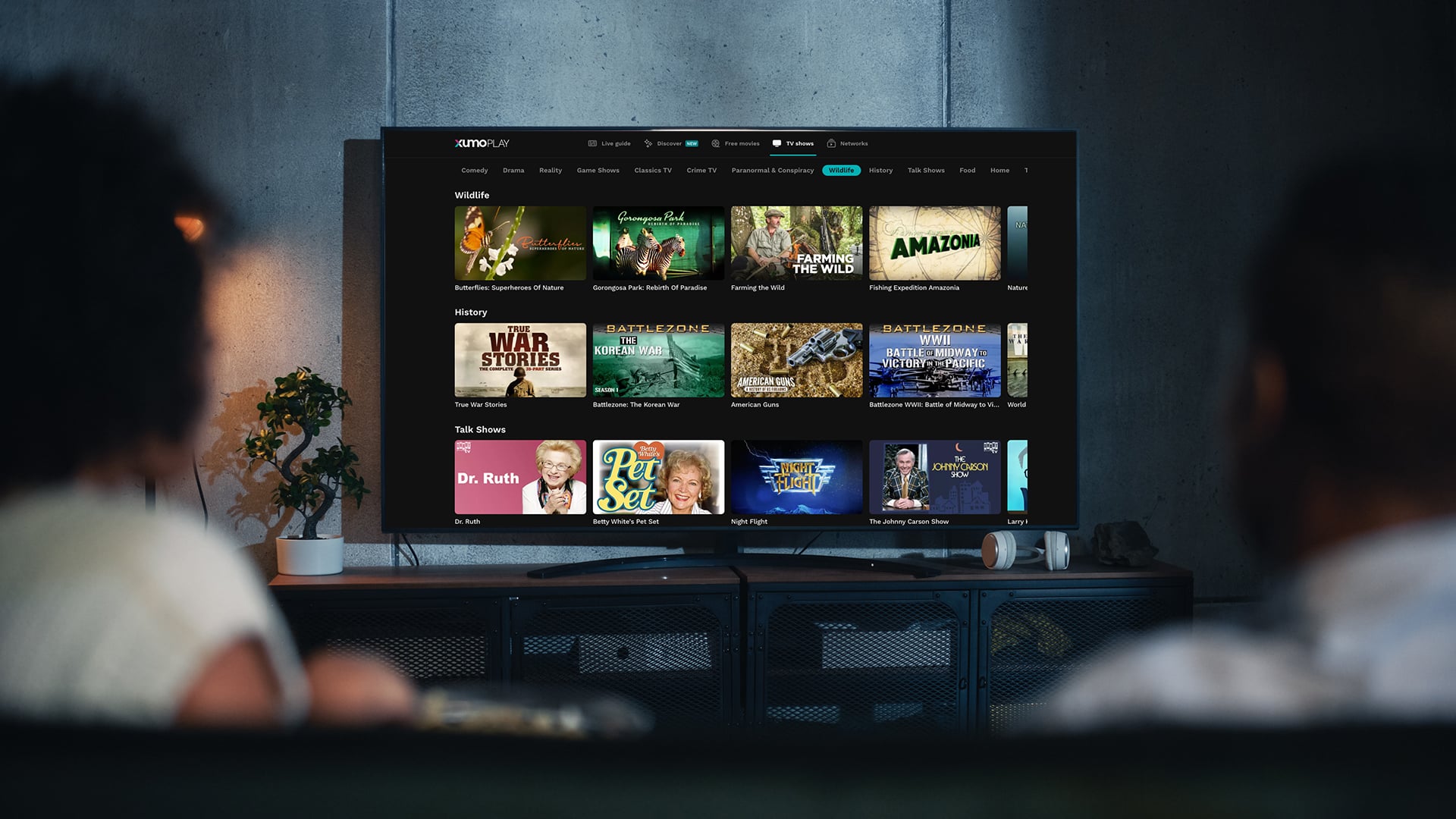Apollo Group Tv - Truths
Apollo Group Tv - Truths
Blog Article
Indicators on Apollo Group Tv You Should Know
Table of ContentsSome Ideas on Apollo Group Tv You Need To KnowThe smart Trick of Apollo Group Tv That Nobody is DiscussingApollo Group Tv for DummiesAll About Apollo Group Tv
In this scenario, rather than having three-minute industrial places during a 30-minute television program, TV programs might change to one where a consumer will be needed to have a month-to-month subscription, to ensure that they cen sight targeted banner advertisements. This kind of marketing already takes place on the internet, and the amount of information tv firms collect allows them to do much the exact same.Explain the major fads amongst the broadcasting and cord networks. Popular radio shows such as cops dramatization Dragnet and western cowboy series Gunsmoke were adapted for tv, and new TV programs were sponsored by single marketers, simply as radio shows had actually been.
Today, the tv industry is much more complicated. Programs are sponsored by numerous marketers; programs is managed by major media conglomerates; and the 3 significant networks no longer dominate the airwaves yet rather share their customers with various cable networks. A number of factors make up these patterns within the industry, consisting of technological growths, government laws, and the development of brand-new networks.

7 Easy Facts About Apollo Group Tv Described
Even public television has actually become based on the influence of advertising. Developed in 1969, (PBS) established out of a record by the Carnegie Compensation on Educational Television, which checked out the function of educational, noncommercial tv on society. The record recommended that the federal government finance public tv in order to give variety of programming during the network eraa solution produced "not to market products" yet to "improve citizenship and civil service (McCauley, 2003)." Public television was also planned to provide global access to television for visitors in rural locations or audiences that could not pay for to pay for exclusive tv services.
The duration in between 1950 and 1970 is historically acknowledged as the. Other than a small part of airtime regulated by public television, the three major networks (understood as the Big 3) controlled the television industry, collectively representing even more than 95 percent of prime-time watching. In 1986, Rupert Murdoch, the head of international company News Corp, released the Fox network, testing the dominance of the Big Three.
Targeting young and minority audiences with shows such as Buffy the Vampire Slayer, Moesha, Dawson's Creek, and The Wayans Bros., the new networks wanted to attract terminals far from their old network associations. Nonetheless, instead than duplicating the success of Fox, UPN and WB struggled to make an impact. Unable to attract numerous associate stations, the two new networks reached less families than their larger competitors due to the fact that they were impossible in some smaller cities.
This choice led the way for the development of cable movie channels, adding to the rapid development of cord in the 1980s and 1990s. apollo tv. More deregulation internet of cord in the 1984 Cord Communications Policy Act removed restrictions on cable prices, making it possible for drivers to charge what they wanted for wire solutions as long as there was efficient competition to the service (a criterion that over 90 percent of all cord markets might meet)
Fascination About Apollo Group Tv

Having developed the first "superstation," Turner broadened his world by starting 24-hour information network CNN in 1980. At the end of the year, 28 national shows solutions were available, and the cord change had actually started. Over the following decade, the industry underwent a period of fast growth and popularity, and by 1994 customers can pick from 94 standard and 20 costs cable solutions.
Number 9 - https://apollogtv01.start.page.16 Increased competitors from cable channels has actually caused a consistent decrease in the networks' audience scores. Throughout the 1950s, the price of producing a solitary tv program enhanced as programs came to be longer and production expenses rose. Sponsorship on network tv shifted from single sponsorship, in which a program was completely sustained and generated by one advertiser, to multiple sponsorship, in which advertisers got 1- or 2-minute places on the show
Each reaction must be a minimum of one paragraph. Pick among the Big 4 networks and print out its weekly programming routine. Enjoy the network's prime-time programs over the training course of a week, noting the target demographic for each show. Observe the marketing sponsors that support each show and compare exactly how the services and products fit with the intended target market.
The Main Principles Of Apollo Group Tv

Straight television, frequently referred to as standard program television, encompasses cable television and satellite television. It's called "direct" due to the fact that web content follows a predetermined programming routine, unlike on-demand material which the private visitor determines to watch based on their own preferences and schedule. So, when you ask, "What is direct TV?", consider it as the timeless means of watching TV that has actually been around for years.
Report this page